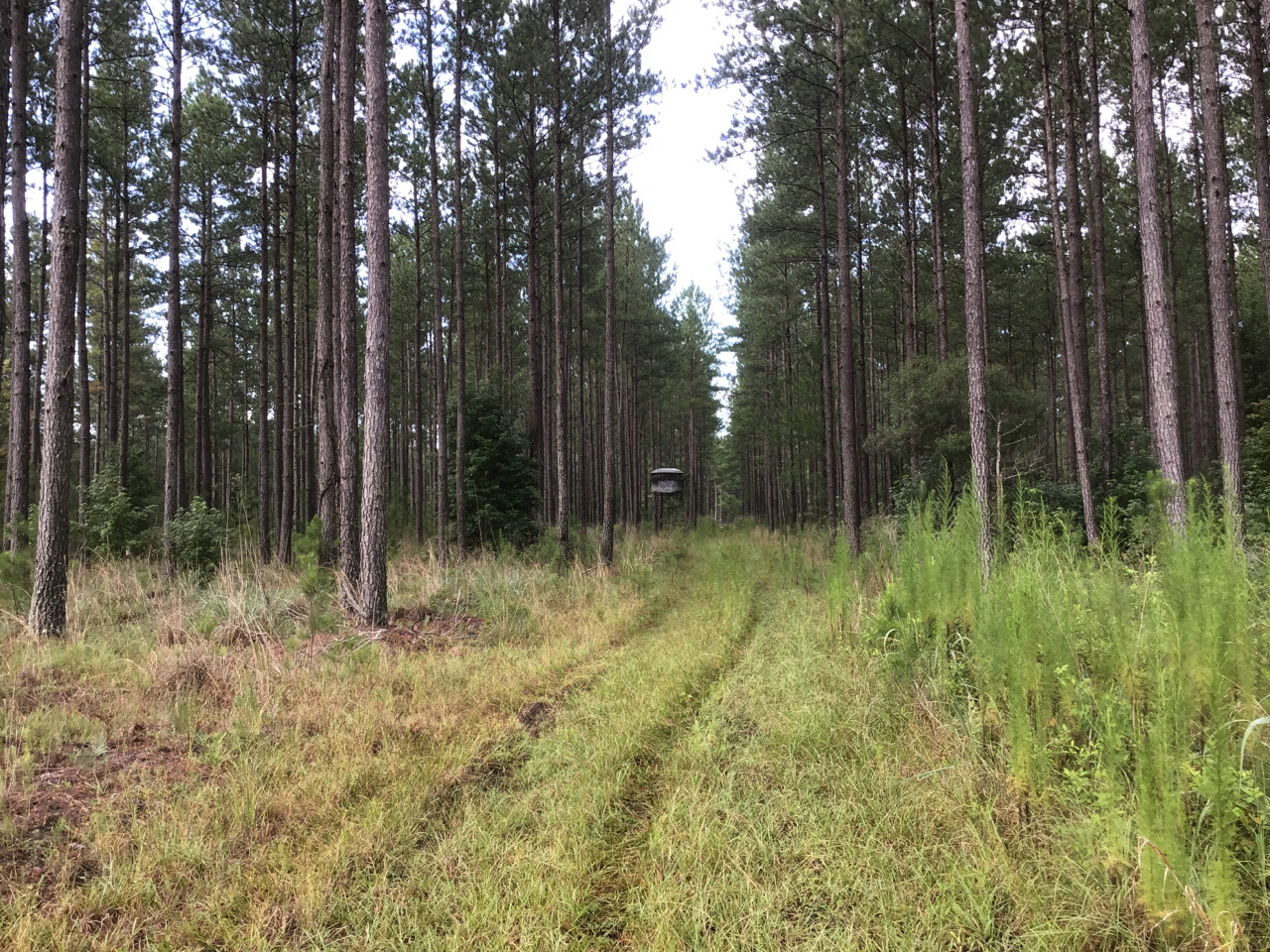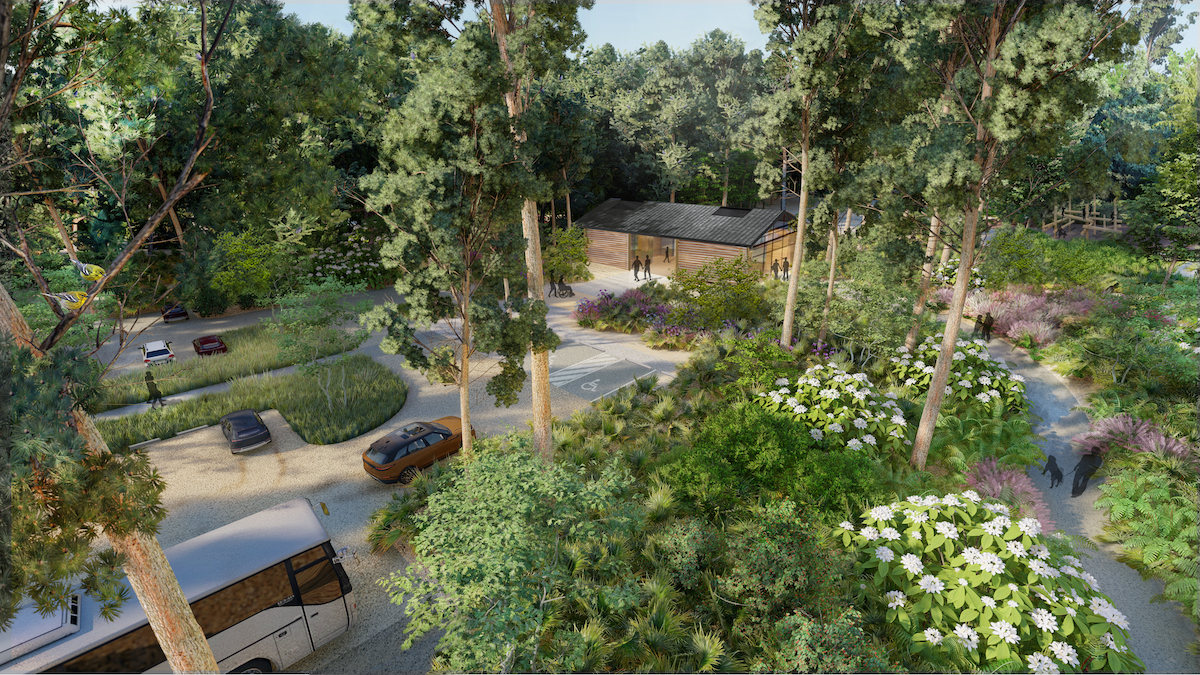Colette DeGarady has worked for The Nature Conservancy (TNC) for over 15 years and is proud to be part of a conservation community protecting important places and helping people connect with nature. She began her career with TNC searching for South Carolina’s rarest plants. Today, she holds a regional position helping to restore and maintain our native longleaf pine forests from east Texas to southern Virginia. She has been a board member of the SC Native Plant Society since 2003 and helped start their local native plant sales in 2007.
What is considered a native plant?
Native plants are those that have evolved over time with biological and physical factors such as soil, climate, and rainfall specific to their region. Because native plants are adapted to local soils and climate conditions, they generally require less upkeep than non-native plants.
Why is preserving and growing native plants so important?
Native plants have evolved to be part of beneficial natural habitats and have a specific role in helping our food chains flourish. Natives have symbiotic relationships with our soil, improving stability and increasing beneficial insects. This leads to better food sources for our wildlife. When people include native plants in their home garden (no matter how small), they are creating a habitat. Valued pollinators such as bees, butterflies, bats, and birds are among the wildlife that thrives among native gardens.


What are some native plants that we have here in the Lowcountry?
There are iconic and historical native plants like magnolia trees, sweetgrass, and the cabbage palmetto. Other beautiful natives that do well in backyards include oakleaf hydrangeas, beautyberry, purple coneflower, and Carolina jessamine (our state flower). Hummingbirds love coral honeysuckle and coral bean.
Whether we have a small backyard or acres of land, what are some ways we can get started planting natives?
You can find a list of suitable coastal SC native plants on the South Carolina Native Plant Society’s website and view homeowner resources for getting your native garden started. The Lowcountry Chapter of the SC Native Plant Society typically holds two native plant sales each year at Charles Towne Landing. The next sale is intended to be held on Saturday, October 23rd. Check the SCNPS website for updates. You can also get natives year-round by asking at your local plant nurseries. Even if they aren’t carrying the species you’re looking for, you are helping to increase demand (and subsequently supply) by inquiring. Roots and Shoots native nursery in West Ashley is another good source of local natives in the Charleston Area.
How do organizations like Lowcountry Land Trust help our native plants thrive?
Land protection is crucial to help maintain our natural habitats built from native plants. LLT and other land trusts have a great opportunity to not only protect important conservation areas, but also engage local landowners and provide useful information to incorporate into their land management practices. I find that people want to do the right thing with nature and often don’t know all the facts and options to establish a native garden or implement certain sustainable forestry practices.


What are some resources for people to learn more about native plants?
In addition to the excellent SC Native Plant Society website, I’d recommend checking out Doug Tallamy’s books and online resources. He is an inspiring professor, author, and speaker regarding the importance of native plants and how we can make a difference. He will be speaking virtually for the SCNPS on September 21st.
Is there anything else you’d like to add?
While native plants are beneficial for the environment, they are also easier to care for as a homeowner requiring less watering and fertilizers compared to other non-native plants. My hope is that natives are recognized not only for their beneficial qualities but also for their natural beauty and character in our home gardens. I’ve been growing and planting native plants for 15 years at my suburban home in Mt. Pleasant and only received “Yard of the Month” once. We have a societal view of trimmed and manicured hedges and lawns being the best and only option but, to me, layers of native perennial flowers, grasses, and shrubs mimicking natural habitats around our homes are a real thing of beauty.





